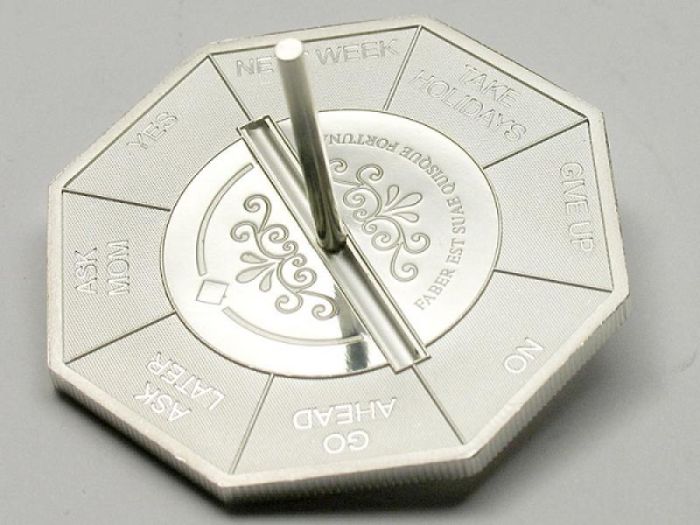|
|
Unusual Coins
|
In cases where a correctly oriented coin is flipped vertically to show the other side correctly oriented, the coin is said to have coin orientation. In cases where a coin is flipped horizontally to show the other side, it is said to have medallic orientation. While coins of the United States Dollar are coin orientated, those of the Euro and British Pound are medallic.
Bi-metallic coins are sometimes used for higher values and for commemorative purposes. In the 1990s, France used a tri-metallic coin. Common circulating examples include the €1, €2, British £2 and Canadian $2.
The exergue is the space on a coin beneath the main design, often used to show the coin's date, although it is sometimes left blank or containing a mint mark, privy mark, or some other decorative or informative design feature. Many coins do not have an exergue at all, especially those with few or no legends, such as the Victorian bun penny.
Not all coins are round. The Australian 50 cent coin, for example, has twelve flat sides. A twist on it is wavy edges, found in the two dollar and the twenty cent coins of Hong Kong and the 10 cent coins of Bahamas. Some coins have also been issued in the shape of a square, such as the 15 cent coin of the Bahamas. During the 1970s, Swazi coins were minted in several shapes, including squares, polygons, and wavy edged circles with 8 and 12 waves.
|
|









